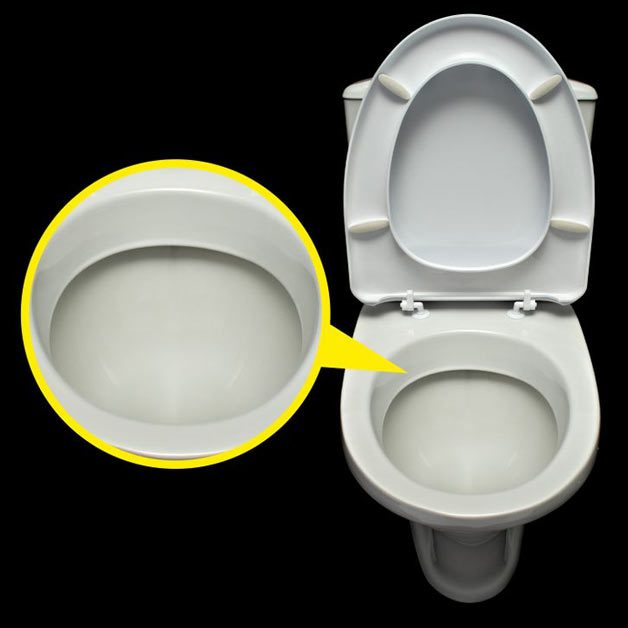Most toilets today are pure white, not just for aesthetics but for several other reasons as well.
Generally, darker objects do a better job of hiding dirt compared to their lighter counterparts. This raises the question of why toilets, whether in homes or public places, predominantly come in white? After all, toilets are among the most prone to getting dirty. It turns out, there are solid reasons behind this choice.
Most toilets are made from ceramic, a material that is durable and resistant to wear. After firing, the surface of the ceramic becomes glossy, waterproof, and stain-resistant, making it easy to scrub and clean even when it is white.
When fired at high temperatures, the ceramic appears white. However, by adding color powder before the glaze dries in the kiln, it is possible to create toilets in various colors. Yet, to save costs and time, manufacturers often opt for the simpler approach of leaving them in their original white color.

The color white often gives us a sense of cleanliness.
Color can affect human emotions in many different ways. White typically evokes feelings of cleanliness, safety, and purity. This is also why hospitals and bathrooms are often painted white to convey an impression of a clean and sterile environment.
In fact, at the beginning of the 20th century, ornate and colorful toilet designs appeared, but they never gained the same popularity as the simple white toilet.
Additionally, white is a neutral color, which creates a sense of spaciousness and is suitable for any design style and any bathroom size. In contrast, black can ruin the ambiance of a space, making smaller restrooms feel even more cramped.
Another reason is that dirt and bacteria are more easily noticeable on a white background. This encourages people to clean their toilets more frequently.




















































